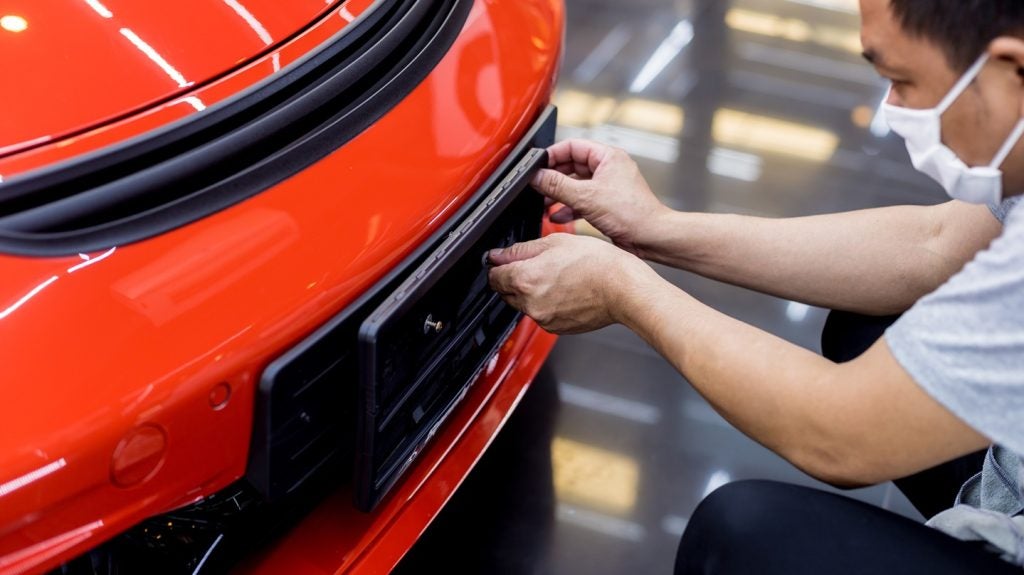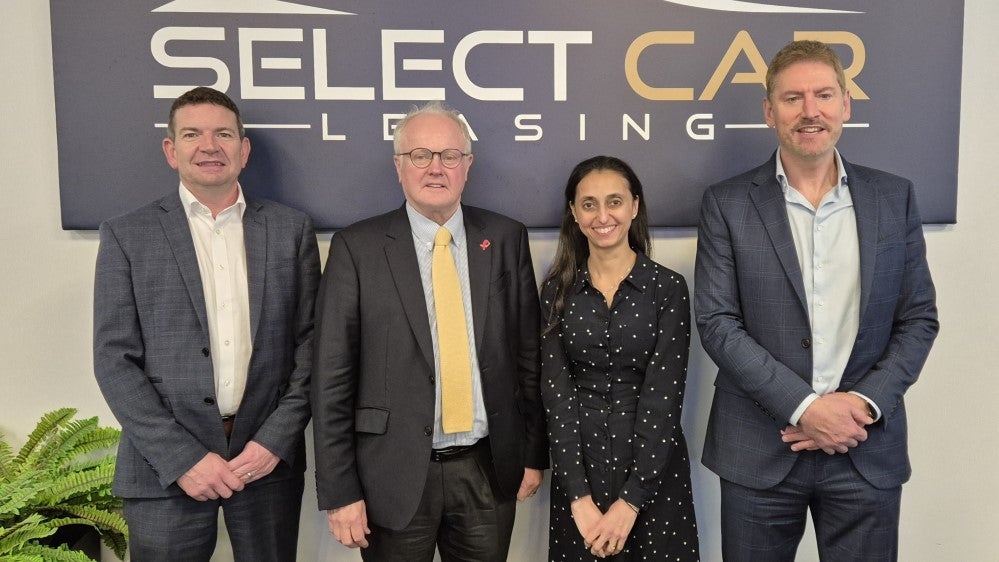Digitalisation, low inventory, and recovery from Covid. The US motor finance market faces many of the same issues as the UK sector, but there are also important differences.
Speaking to leaders in the United States’ motor finance sector, it is understandable that many of the challenges they face reflect those in the UK.
“Like everyone in the market today we’re suffering from struggles with inventory and new sales constrained dramatically. We’ve been dealing with tight inventory since Covid hit last year,” says Charles Chesbrough, senior director at Cox Automotive. “The semiconductor shortage took a bite of the market around mid-February when inventories no longer remained high. We’ve seen them fall before but over the last three months they’ve declined to a level where they can’t maintain the pace of sales. We’ve not seen this since the early days of Covid or the great recession in 2008.”
Much like the UK, Covid saw the American motor finance sector shift towards customers with better credit, as those hit hard by the crisis were no longer able to buy.
“The remaining pool made the FICO scores and the interest rates that could be offered so much better,” Chesbrough says. “Since then those interest rates have held, as well as the overall economic support the US government gave Americans, which improved consumer finances. So even though we’ve been going through a terrible crisis, consumer finances are in many ways better than they were before Covid. This all helps keep sales strong.”
The higher standard of customers has also been maintained by rising vehicle prices, perhaps counter-intuitively.
How well do you really know your competitors?
Access the most comprehensive Company Profiles on the market, powered by GlobalData. Save hours of research. Gain competitive edge.

Thank you!
Your download email will arrive shortly
Not ready to buy yet? Download a free sample
We are confident about the unique quality of our Company Profiles. However, we want you to make the most beneficial decision for your business, so we offer a free sample that you can download by submitting the below form
By GlobalData“Vehicle prices have risen dramatically but monthly payments haven’t changed that much because many folks coming to the market are trading existing vehicles and used vehicle prices have skyrocketed in the post-Covid period,” Chesbrough tells us.
Bringing Digitalisation to America
Of course, another secondary effect of the COVID-19 pandemic has been the rapid acceleration of the trend towards digitalisation and e-commerce.
“Digitisation is helping drive more liquidity into the marketplace, which is one of the most important factors to growing car sales. Why? Because more than 85% of new vehicle purchases and more than 70% of used vehicle purchases require some form of financing,” says Cheryl Miller, vice president of operations for Dealertrack Lender Solutions, part of Cox Automotive.
“Generally speaking, by speeding up workflows and opening up faster, more efficient channels of communication, digitisation has helped build new and stronger relationships between consumers, car dealerships and lenders. These improving relationships have created more opportunities for consumers to get financed, which gives car dealerships more opportunities to close deals, giving lenders more opportunities to grow loan originations. It’s a virtuous circle, powered by the benefits of digitisation.”
While the move towards digitalisation is gathering momentum, and indeed seems inevitable, in the United States there is also some pushback from customers and dealers alike.
“We are seeing a lot more interest in digital retailing where you can shop and purchase your vehicles but it’s not as common here in the US market. People are trained to go out to a car dealer on a Saturday and go home that afternoon,” Chesbrough says. “Feasibility-wise we don’t have that capability just yet. My company is working on having that capability to offer customers. There are checks and paperwork that need to be done in the US market and that’s difficult to do – as an industry we’re not quite there yet, but it is improving.”
The US industry also, traditionally, does a great deal of work through in-person customer interactions.
“In the US market a lot of business is done at that negotiation session when you’re sitting with the customer talking about additional insurance and aftermarket care,” explains Chesbrough. “This is all part of the negotiation that lends itself to dealer profitability which there is a reluctance to abandon.”
But by the same token, digitalisation also offers opportunities.
“In addition to helping provide growth, digitisation is helping provide confidence through better mechanisms for transparency and compliance across the entire auto finance eco-system,” Miller says. “Visibility is improving for everyone, and visibility is so important to all stakeholders as it provides everyone a better chance to mitigate risk and optimise opportunity.”
Choosing a Path
Miller believes two main challenges are facing the US motor finance sector. These are the continued uncertainty around the global economy and supply chain disruption, and the rising prices of all vehicles, which may affect customers’ ability to afford financing.
In some areas, the issues around inventory mean the status quo has been completely reversed.
“We’re seeing a shift where you’ll pay a premium to take a vehicle home today, a flip-flop on how we did things before, which was ‘take a vehicle off my existing inventory and get a discount’,” Chesbrough explains.
The challenges facing the US sector might not have a single “magic bullet” solution. As in the UK, a range of solutions is necessary.
“If I think about both those challenges simplistically, the key to solving many financial challenges is greater diversification and collaboration. Widening investments, creating new revenue streams, reaching new customers,” says Miller. “I think that’s another way digital technology is helping our industry, by enabling more diversification and collaboration by removing the physical and geographic limitations of analogue or paper workflows.”
Making the most of the opportunities that digitalisation offers will mean businesses need to adapt. However, digitalisation is not the only transformation US motor finance will need to adapt to going forward.
“There are some interesting things specific to electric vehicles. It is not so much of an issue so far, but it will be in coming years,” Chesbrough points out. “Establishing residual values for electric vehicles will be a challenge – including the batteries themselves. How a battery is charged can affect its longevity and have a huge impact on cost. So, anyone doing leasing or loans needs a good knowledge of the retention value of these vehicles, and that’s a bit of a guessing game at the moment.”
The last two years have been as tumultuous for US car finance as they have for car finance the world over. While some of these challenges appear to have passed or look set to pass in the near future, Chesbrough believes the industry will face big choices going forward.
“One of the biggest issues is how to rebuild in the environment we’re in. Do we want to go back to the high inventory system we had or stay in the lean and mean environment?” he asks. “Which way we go will affect financing, discounts and costs. So that’s one of the things that’s going to be changing here as it evolves post-Covid.”







